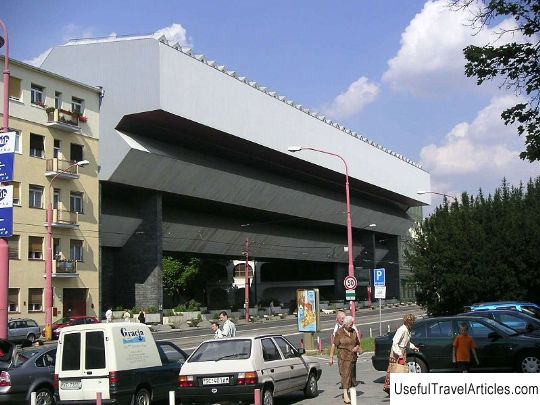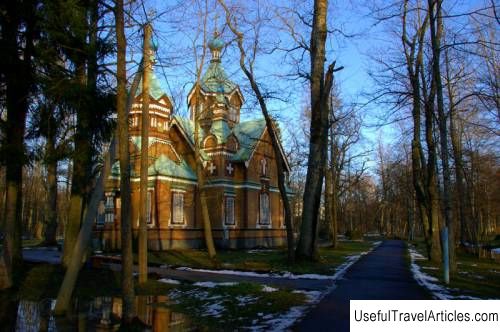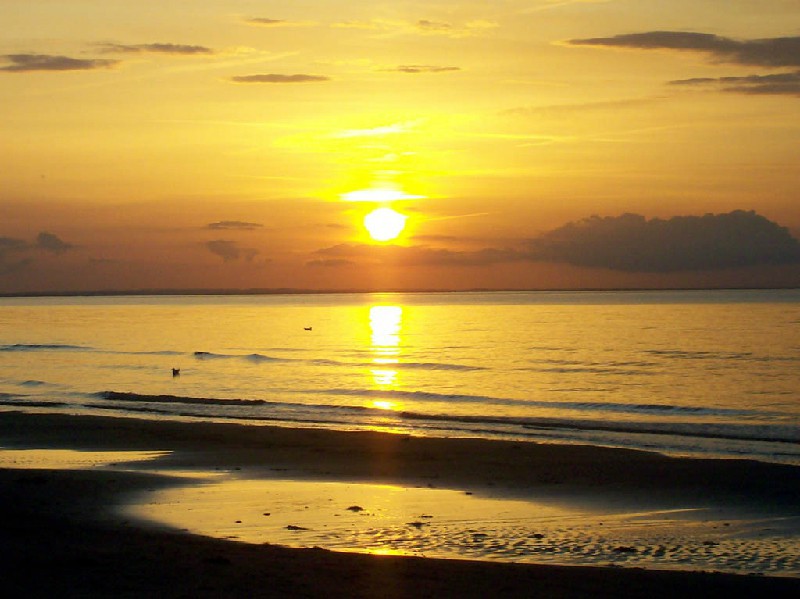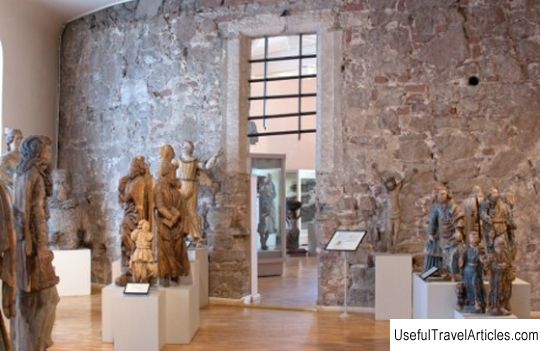Kemeru National Park (Kemeru nacionalais parks) description and photos - Latvia: Jurmala
Rating: 8,2/10 (544 votes) 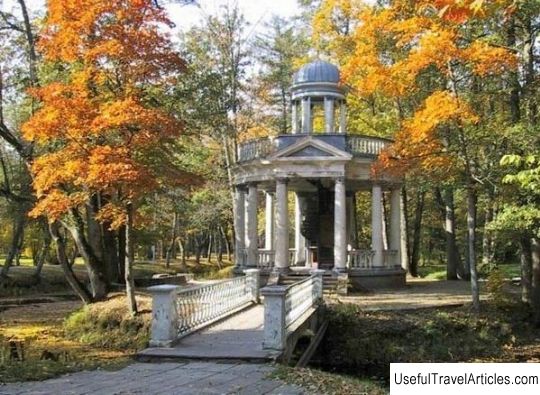
Kemeru National Park (Kemeru nacionalais parks) description and photos - Latvia: Jurmala. Detailed information about the attraction. Description, photographs and a map showing the nearest significant objects. The name in English is Kemeru nacionalais parks. Photo and descriptionKemeri National Park is a national treasure of Latvia. It is a conservation area of international importance. It was founded in 1997. The area of the park is 38165 hectares, of which 1954 hectares are in the Gulf of Riga. The activities of the Kemeri National Park are aimed at fulfilling the rights and obligations prescribed in the set of laws called “In Kemeri National Park” from 2001. The main task of the park is to promote the development of economic activities that do not harm the surrounding world, and to protect the nature located in the reserve and nature reserves in order to preserve the unique natural resources of Latvia. Kemeri National Park includes 3 zones. This is the buffer zone that surrounds the park. Local residents live in it. Zone II is a protected area designed to protect against illegal consumption of land owned by the park. And III zone - central, which is a specially protected area, which is a natural reserve. Visitors cannot visit this place. Kemeri Park has its own legend. In the 16th century, the local forester Kemer (hence the name of this place in Jurmala) built the first hotel house, where people living in it could take sulfur baths. Already at that time, hydrogen sulfide springs were very popular. Then the village of Kemeri was formed on this territory. Today, about 3.5 thousand people live on the site of the national park. Their main business is fishing. The main part of the park is occupied by forests and swamps. The Big Kemeri bog is located in Kemeri. It played an important role in the birth of a large number of key sources of sulfuric mineral water, which served as the basis for the creation of the resort. In the park you can observe dunes and wonderful beauty of the lake, located near the sea. These are 3 huge lakes - Kanieris, Slokas and Valguma. The fauna of the national park is represented by many animal species that are rare in Europe and Latvia. The white-backed woodpecker (a representative of the avifauna) is a symbol of the entire national park. This amazing bird lives in forests with high levels of humidity and flooded plains. In addition to the white-backed woodpecker, three-toed and black woodpeckers, as well as corncrake, live here. About 237 bird species are represented in the park, and 188 of them are bred here. Among the mammals in the park are wolves, moose, wild boars, roe deer and others. The flora of Kemeri is very diverse, and about a quarter of the plant species from the Latvian Red Book can be found in this park. Of the most beautiful representatives of the forest flora is the European type of orchid - "ladies' shoe". Almost half of the territory of Kemeri National Park is covered by forests. These are deciduous forests dominated by oak and ash, ancient pine forests on the dunes and humid northern coniferous forests dominated by spruce and pine. Here you can see traces of trenches and cemeteries that remained after the First and Second World Wars. In the west of Kemeri Park, sandy beaches unfold. Low sand dunes can be seen along almost the entire coastline. The dunes have bizarre shapes and outlines. This is favored by the work of waves and wind. But the dunes located further from the sea, rather densely covered with pine forests. 2 mineral springs are of great interest among visitors. One of them is located at the beginning of the main road of the park. A lizard is depicted on the gazebo. It seems that this is practically the only object that has been preserved in its original form since the end of the 19th century. A toad is located at another source. This gazebo is an example of park architecture of the early 20th century. Unfortunately, nothing is left of her. The most important thing is that the most important Kemeri mineral springs are located here. The park has a large number of small bridges and paths along which you can walk, breathe in the fresh air and enjoy the splendor of the surrounding nature of Kemeri National Park.           We also recommend reading National Museum of Ancient Art (Museu Nacional de Arte Antiga) description and photos - Portugal: Lisbon Topic: Kemeru National Park (Kemeru nacionalais parks) description and photos - Latvia: Jurmala. |
